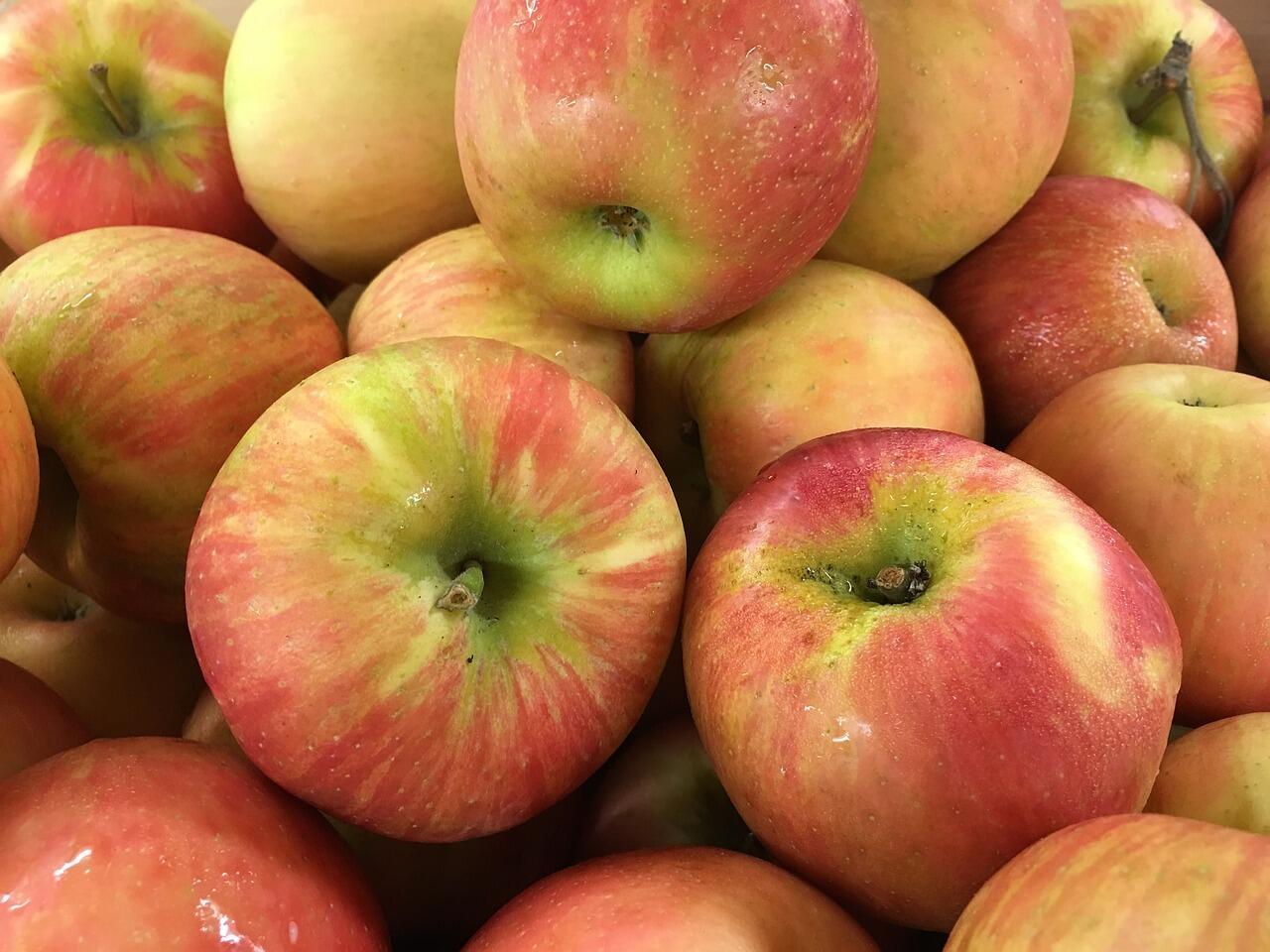Illinois plant pathologist reports good news for pumpkins, apples

URBANA, Ill. – Illinois specialty crop growers have reason to celebrate the end of the 2019 growing season, according to plant pathologist Mohammad Babadoost of the University of Illinois.
After a questionable start, the Illinois pumpkin crop is looking good in time for fall. The pumpkin industry in Illinois is worth approximately $200 million, and produces about 90% of the country’s canned pumpkin supply.
“Even though our processing (canning) pumpkins couldn’t get started until late May due to repeated rainfall events, and harvest was a few weeks late, the yield turned out good. But more importantly, the product is very good. There’s more flesh than water because late-season conditions have been dry,” says Babadoost, professor in the Department of Crop Sciences at U of I.
He adds that Jack-o-lanterns have had an average year, but says “everybody should have a pumpkin to enjoy this Halloween.”
Babadoost also has good news for apple growers, especially those growing Honey Crisp. As the new variety came to dominate the market in recent years, growers discovered a weakness.
“It’s a very popular, pricey, and great apple, but Honey Crisp is so susceptible to bitter rot, which can wipe out an entire crop,” Babadoost says.
Bitter rot is a fungal disease that affects fruit in the late summer. The disease was rampant in central and southern Illinois orchards in 2018, particularly in Honey Crisp, Empire, Gala, and several other varieties. In some cases, growers experienced almost 100% losses. The 2019 season was better, especially for growers in northern Illinois, but Babadoost didn’t want to leave anything to chance for future seasons.
“We set up an experiment at the University of Illinois Fruit Research Farm in Urbana, and it turned out excellent. We identified some good fungicides that are less harmful to applicators and the environment, and they’re very effective against all fruit rots,” Babadoost says.
Because there is no resistance to bitter rot or its cousins, white rot and black rot, fungicides and cultural controls are the only option. Babadoost’s research also tested cultural control methods including removing wood piles, as well as apple mummies on the ground and on the tree. These efforts were highly successful.
“With both control methods, I’m hoping we will bring this disease under control,” Babadoost says.
He is optimistic, but emphasizes that his results are only from a single year and orchard. He plans to apply the practices in commercial orchards next year.
Babadoost will be presenting his results this winter throughout Illinois, including at the Illinois Specialty Crops, Agritourism, and Organic Conference in January. He will also present at the Southern Illinois Fruit and Vegetable School in February. See additional information on this event and others here. Fact sheets on bitter, white, and black rot are available here. These resources are provided through University of Illinois Extension, which is part of the College of Agricultural, Consumer and Environmental Sciences at the University of Illinois.